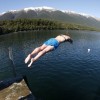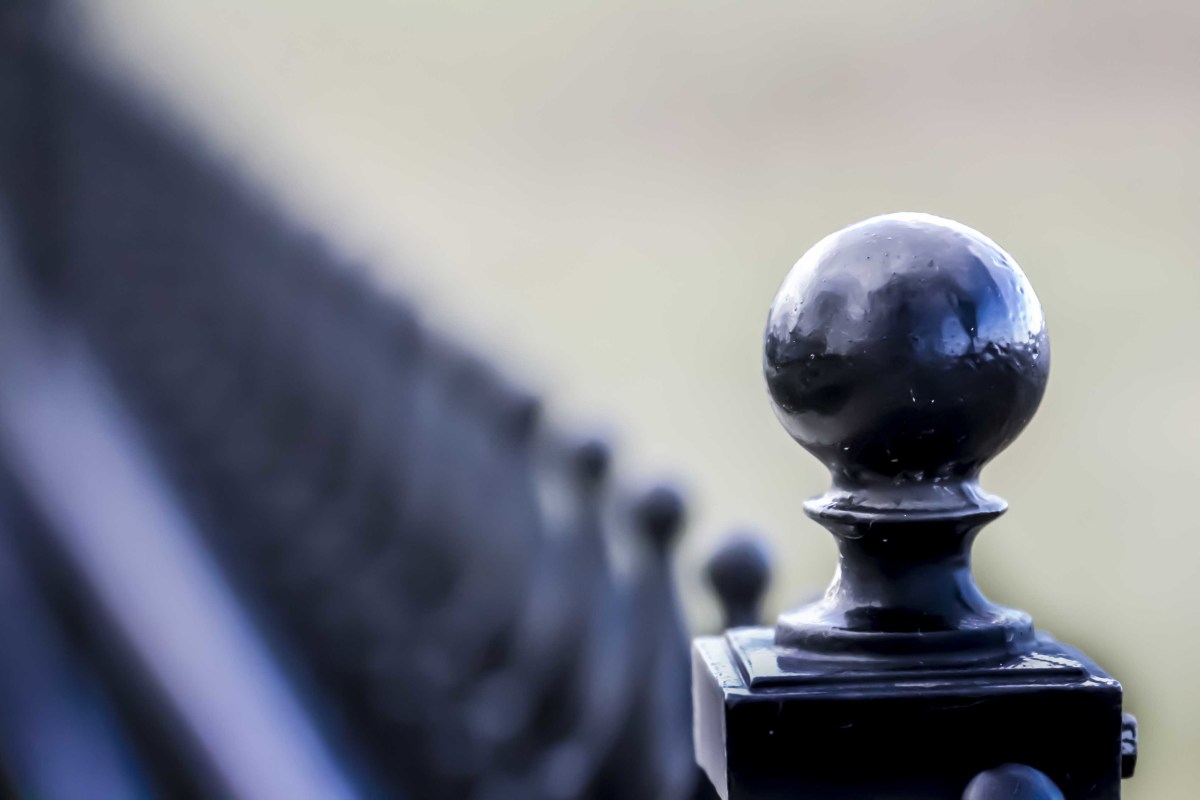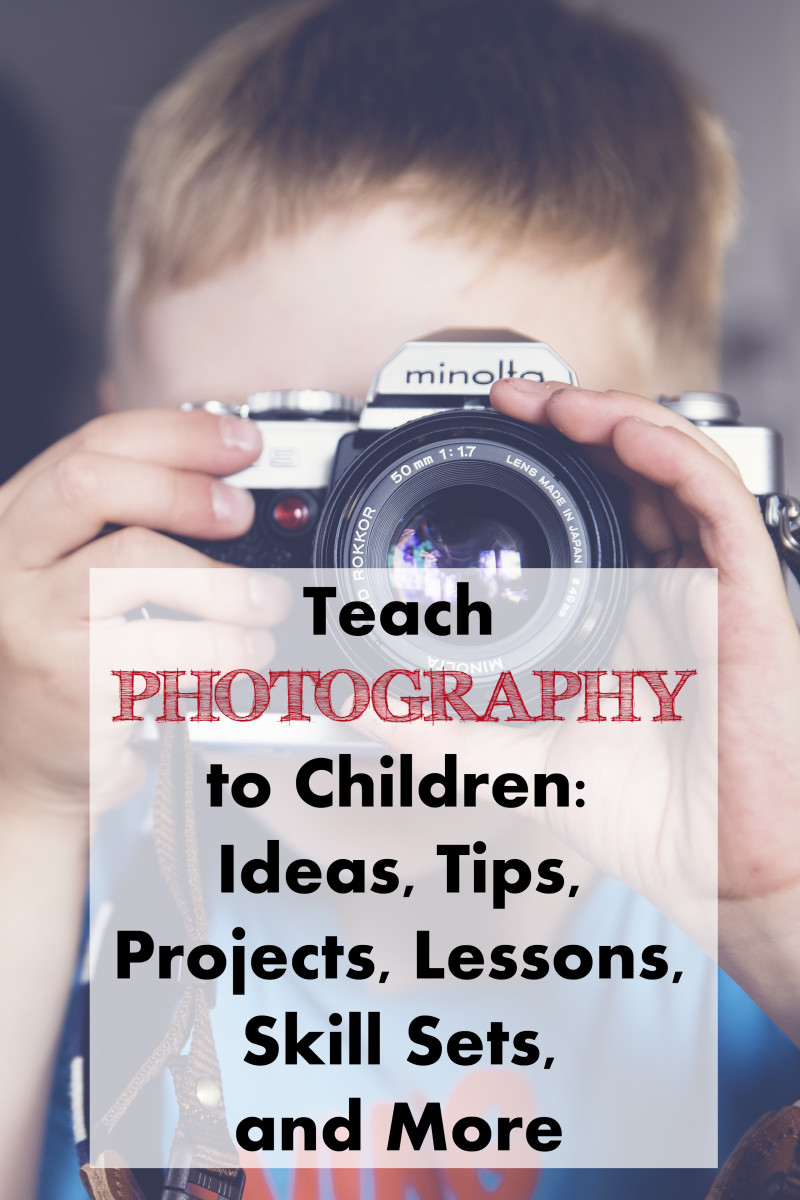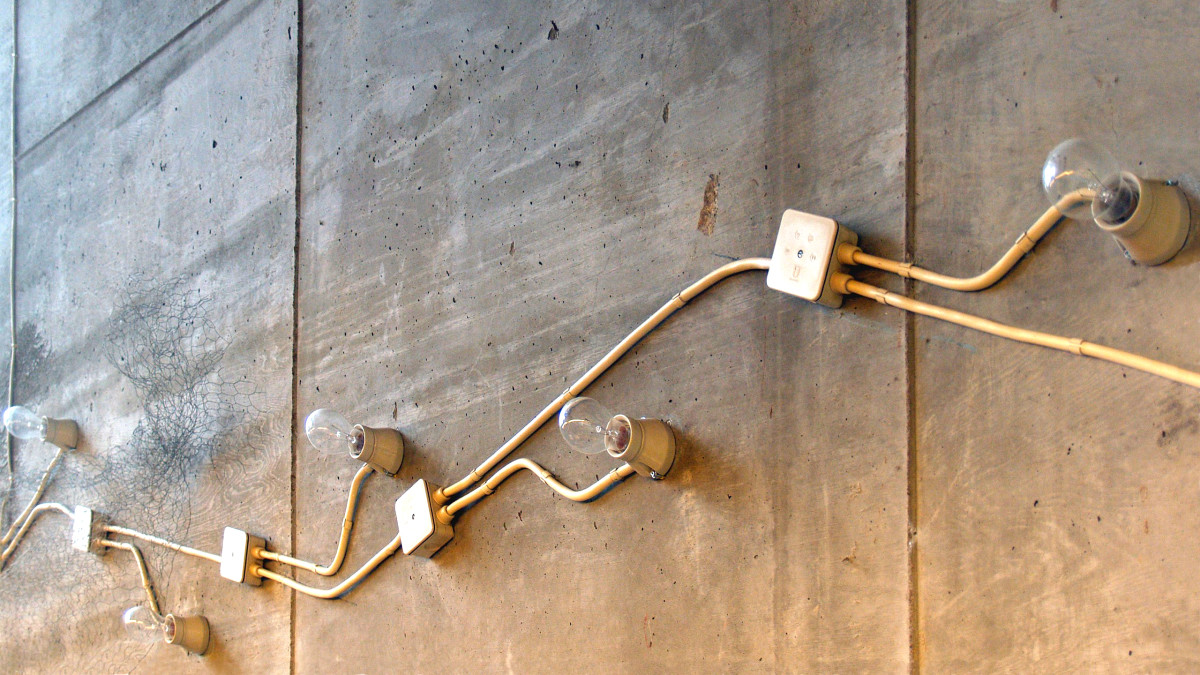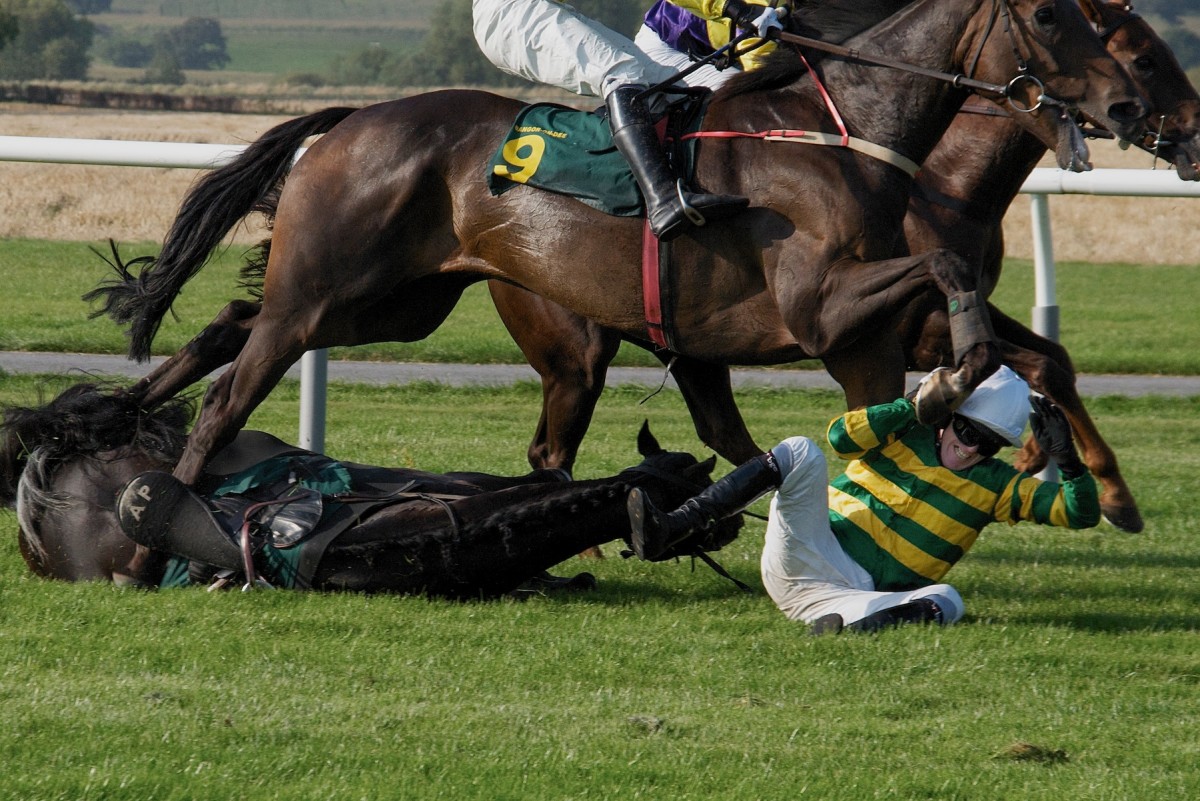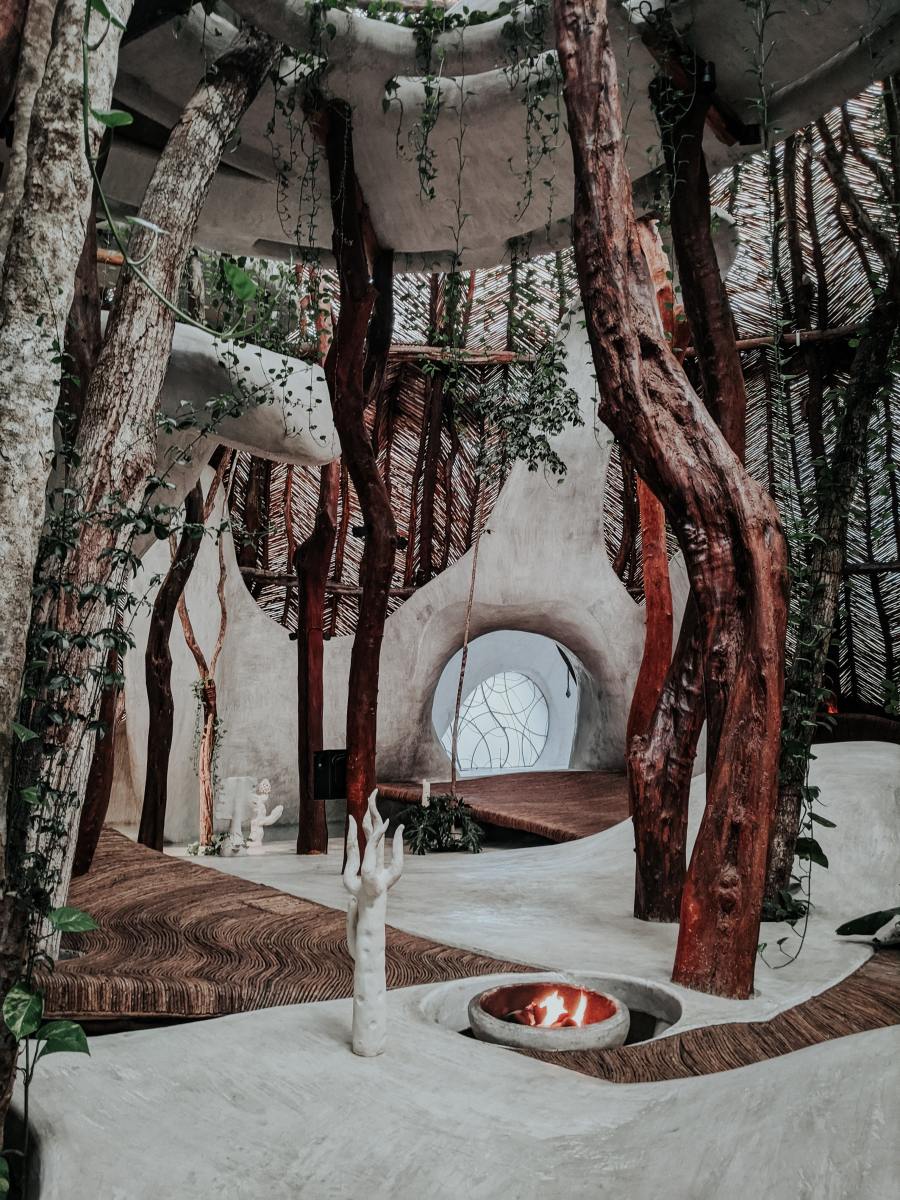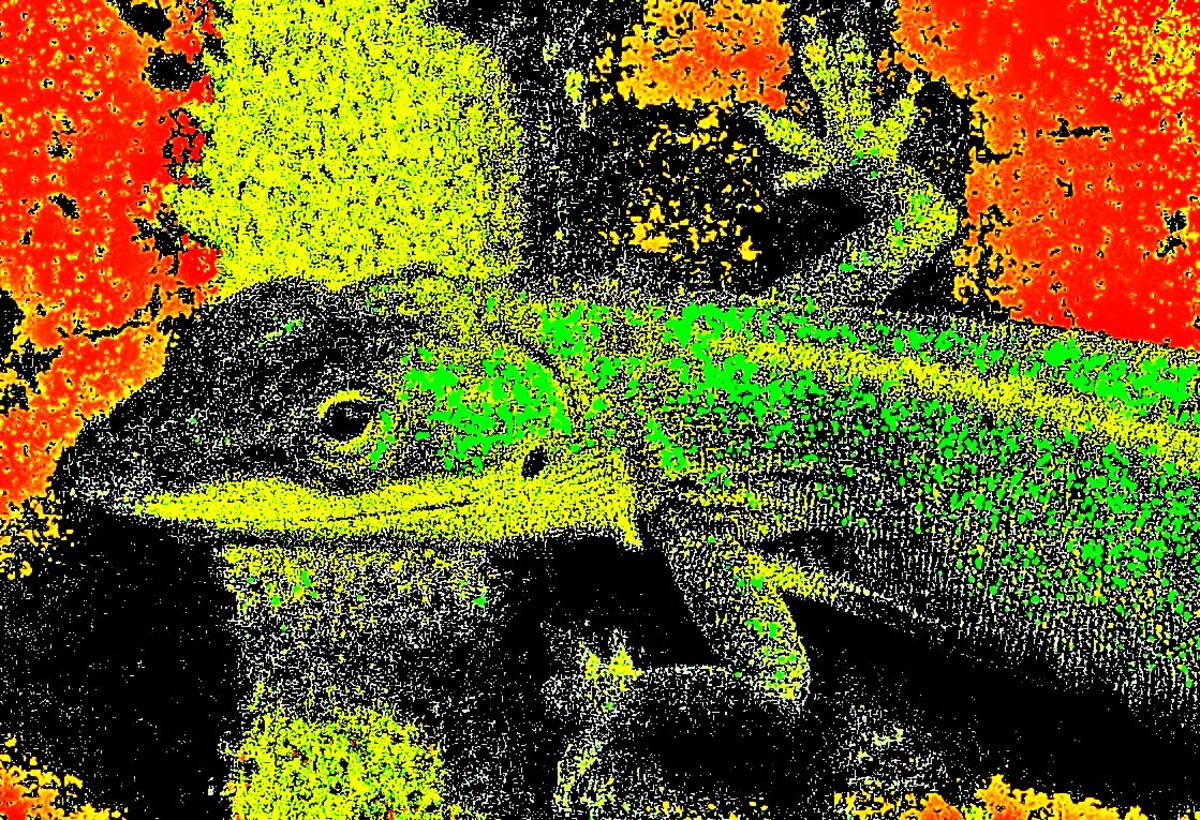How to do wide angle photography with a Canon 550D
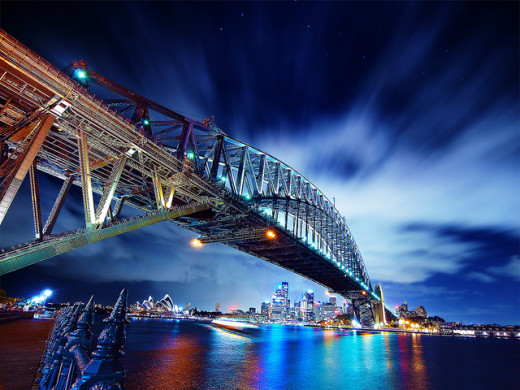
What is wide angle photography?
Wide angle photography refers to pictures taken with a lens which has a focal length much smaller than that of a normal lens. In other words, more of the scene can be captured in the whole photo, often producing spectacular photos.
Wide angle photography is particularly useful for photographing landscapes, interiors or architecture when the photographer may not be able to move further away from the scene to capture the whole beauty of it.
Another extremely useful aspect of wide angle photography is the fact that one can use this technique in order to emphasise the difference in both size and/or distance between object which lie in the foreground as opposed to those in the background. The foreground object will appear larger whilst those in the background appear very far away, and because of this, images will appear not only wider, but also very beautifully unique
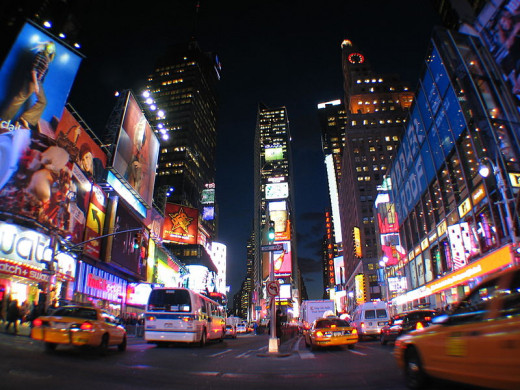
What do I need in order to do wide angle photography?
Camera – DSLR
A DSLR camera is not only perfect for wide angle photography, but a range of other versatile and exciting photography techniques. If you are reading this article, you are surely interested in photography, and if you have a DSLR – the world is your oyster. A DSLR offers lens versatility, allowing you to capture objects very close up (macro photography), action or sports photos, long exposure photos and much much more. DSLR cameras also offer better autofocus and manual focus, better image quality, and a much faster power up and response time. Additionally a DSLR camera can last you a lifetime if correct care is taken. You won’t ever look back after buying a DSLR camera.
A canon wide angle lens
One of the best additional lenses you can have in your kit, producing brilliant photos in many different circumstances, namely when shooting lanscapes, sports, architecture, portraits and a great deal more. Just by studying the impressive pictures in this article will give you a glimpse into the impressive photos you can take with a wide angle lens.
Read on to find out more about the types of wide angle lens available for Canon.
Lightweight Manfrotto Travel Tripod
A good quality tripod
A tripod is especially useful in all types of photography, so it is always worth investing in a well made sturdy, and easy to use tripod. Believe me, ease of use is important. If every time you want to adjust the position of your camera, you have unscrew bits here and there, it can be extremely frustrating. The manfrotto tripod is one of the best you can buy, and the only one you will need to buy your whole life.
You’ll need to use a tripod when shooting low light, timelapse and sports photography, each of which is even more spectacular with a wide angle lens
A Remote Control timer for Canon 550D
This smart timer allows you to really master photography. It allows you to take photos without even touching your camera. You may be wondering why you wouldn’t touch your camera in order to take a picture. Well, here’s why:
- In timelapse photography for example, you can programme this timer to take photos at any interval you wish (for example every 15 seconds, or every 50 seconds). You can also do a timelapse at night, in which case you can programme your timer to take an exposure for 45 seconds, with a 15 second interval after each exposure.
In long exposure photography – you’ll need this timer to in order to take an exposure longer than 30 seconds, as your camera can usually only do a 30 second exposure, without a remote-timer. With a remote timer, you could have take a photo with an exposure time of 8hours, 24 hours even!
In HDR photography – you will need to take 3 photos with different exposure, without moving your camera. This can be tricky, but with the remote timer, you can programme 3 different exposures, and automatically take them using the timer.
These techniques are even more impressive with a wide angle lens and there are many more uses for this timer, which will surely become your best friend, your side kick on your quest to become the best photographer you can be!
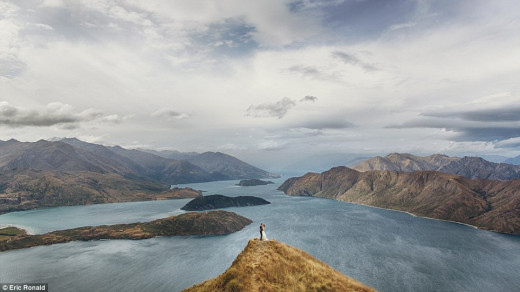
What does wide angle photography actually mean? The focal length explained.
There are a range of wide angle lenses available on the market. As discussed before, the wide angle lens allows you to fit a large area (a family portrait, building or landscape) into a small frame.
Wide angle lenses are ideal for those situations when you literally cannot step back further in order to fit more into your picture. Most basic lenses, for example the standard 18-55mm lens allows a focal length of 18. The focal length is simply a property of a lens expressed in millimeters.
The wider the angle of the lens, the smaller the focal length - the smaller the number, the wider the lens.
Telephoto zoom lenses always have a large focal length - such as 250mm or 300mm, in contrast to a wide angle lens where you would find a focal length of around 10-20mm.
The smaller number, demonstrating focal length, always comes first in the description of a lens, and this is how you can differentiate the wide angle capability of different lenses.
Lets look at some examples:
- 18-55mm standard lens - has a focal length of 18, and this is it's widest angle. The larger number represents it's maximum focal length - It has the cability to zoom appoximately 3.05x - 18 times 3.05 equals 55.
- 35-105mm lens - here the widest angle that can be achieved is 35mm. It has the capability to zoom 3x this amount - 35 x 3 equals 105mm.
- Canon EF-S 10-22mm lens - is a good wide angle lens. It has a focal length of 10mm which is Perfect for capturing as much as possible into one frame.
There are different types of wide angle lenses available, and depending on how much of a wide angle effect you want, will depend on the type of wide angle lens that you buy. Below is a comparison of different types of wide angle lens with example pictures, so that you can make an informed choice before you buy.
What wide angle lens should I buy for a Canon 550D
There are, as explained, different categories of wide angle lens available. Simply, you can find normal wide angle lenses, and ultra wide angle zoom lenses, each with their own unique properties.
Canon EF-S 10-22mm f/3.5-4.5
Canon EF-S 10-22mm f/3.5-4.5 USM Lens
This lens has quite a substantial wide angle capacity, with a focal length of 10mm (remember - the smaller the number - the wider the angle). It could even be classed as ultra wide angle, and is perfect for all types of wide angle photography.
The image quality is superb, the lens is lightweight and portable, and the f/3.5 means this lens is exeptional for shooting in low light conditions.
The lens also has an internal focusing system driven by a ring-type USM drive offering extremely fast and near-silent autofocus operations.
Canon EF-S 10-22mm f/3.5-4.5 USM Lens Specifications:
- Focal length: 10.22mm
- Maximum aperture: 3.5
- Focus adjustment: Automatic inner focusing system with USM
- Closest focusing distance: 24cm
- Zoom system: Rotating type lens
- Filter size: 77mm
- Dimensions: 8.4cm in diameter, 9.0cm long
- Weight: 0.38kg
Canon EF 17-40mm f/4L USM Ultra Wide Angle Zoom Lens
Canon EF 17-40mm f/4L USM
Widen your perspective this EF 17-40mm lens which boasts great quality but for an affordable price, making it one of canons best selling lenses . It is optimal for both film and DSLR cameras.
It is classed as an ultra wide lens, depsite its small size and weight, and it will work on both full frame bodies and on a cropped body. The 4.0 aperture is constant, and the focusing is both quick and quiet. In addition, the lens has the ability to focus as Close as 0.28mm.
Canon EF 17-40mm f/4L USM Lens Specifications:
- Focal length: 17-40mm
- Maximum aperture: 1:4
- Diagonal angle of view: 104 to 57 degrees (at 30 feet)
- Focus adjustment: Automatic inner focusing system with USM
- Closest focusing distance: 28cm
- Zoom system: Rotating type lens
- Filter size: 77mm
- Dimensions: 8.4cm in diameter, 9.7cm long
- Weight: 0.5kg
Canon EF 14mm f/2.8L II USM Ultra-Wide Angle Lens
Canon EF 14mm f/2.8L II USM Ultra-Wide Angle Lens
This is canon best and widest "ultra wide angle" lens, and is designed specifically for landscape and architectural photographers - although it is very diverse and can be used for many different types of photography.
Its primary advantage is that is offers ultra wide angle photographs to be taken without any distortion of a fisheye - providing spectacular results.It has a 114-degree diagonal angle of view and delivers extremely fast autofocus with significantly higher image quality - including the quality at the peripheral ends of the image.
Other features include optimal lens positioning, which prevents flaring (from the sun or other light Sources), as well as improved dust and water resistance (from rain). It is compatible with EOS digital SLR cameras, including cropped body designs.
With the highly superior image quality, you wont' look back after buying this lens, and if you treat it correctly, it will last you a lifetime.
Specifications for Canon EF 14mm f/2.8L II USM Ultra-Wide Angle Lens
- Focal length: 14mm
- Maximum aperture: 2.8
- Diagonal angle of view: 114 degrees
- Focus adjustment: Automatic inner focusing system with USM
- Closest focusing distance: 20cm
- Zoom system: Rotating type lens
- Dimensions: 8.0cm in diameter, 9.4cm long
- Weight: 0.65kg
Example picture with Canon EF 14mm f/2.8L II USM
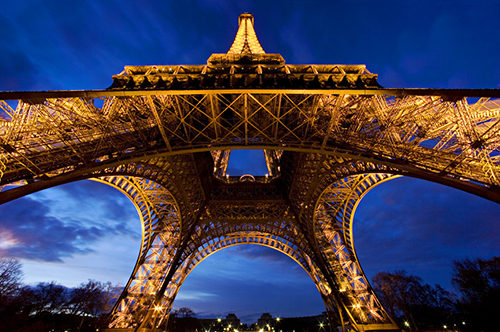
What settings do I need for wide angle photography with a Canon 550D?
A wide depth of field setting on your camera can help you achieve and even greater wide angle effect. The depth of field is controlled by the aperture of f-stop (f-number). The narrower the aperature (f ) the greater the depth of field.
If you are shooting in a relatively well lit area, then you can use a bigger f-stop, for a smaller aperture and can therefore achieve greater depth of field.
You will need to control the ISO settings too. If the aperture is too small, not enough light will be able to enter, and your picture will therefore appear darker. You will then need to increase the ISO if your picture is too dark, but increasing your ISO too much will result in “noise” – or a grainy resulting picture.
Generally for landscape photography, using a wide angle lens, it would be a good idea to start at a mid-range aperture, f-11 or above with a low ISO of about 100 or 200. Experiment with your photography, if the pictures are too dark, you either need to increase the aperture or increase the ISO.
If you are shooting low light landscape photography, then an ideal lens for you would be the Canon EF 14mm f/2.8L II USM Ultra-Wide Angle Lens - (link above) - which as a low f-stop of 2.8, ensuring that a lot of light can enter your lens, allowing you to have the ISO setting as low as possible to prevent noise or a grainy low quality image.
How to do wide angle photography in low light?
It would be extremely useful to invest in 2 pieces of equipement when shooting low light photography in any situation.
1 - a remote control timer
This timer allows you to set off the shutter (or take a picture) without even touching the camera. The key to taking professional wide angle photos, especially in low light, is by keeping the camera still whilst taking photos. If you are doing a long exposure this becomes even more important, because even if your camera moves by 1mm, your picture will be ruined.
By using a timer, you can not only take the picture with the remote, but you programme the remote to take several exposures, a timelapse or even an exposure longer than 30 minutes. It is extremely versatile, and will allow you to progress much faster with your photography skills
2 - a tripod
As stated above, the importance of keeping your camera still during a low light exposure, if paramount. If you do not want to carry a full sized tripod around with you, there are travel sized tripods available.
You’ll also need a tripod and a remote timer for many other photography techniques, including HDR photography, timelapse and macro photography.

